Caster sugar is also known as superfine sugar and is a popular baking ingredient across many parts of the world. It dissolves quickly, making it perfect for desserts, sauces, meringue, mousse, whipped cream and beverages.
Discover the different types of caster sugar, it's uses, substitutes, nutritional information and how to make your own homemade caster sugar.
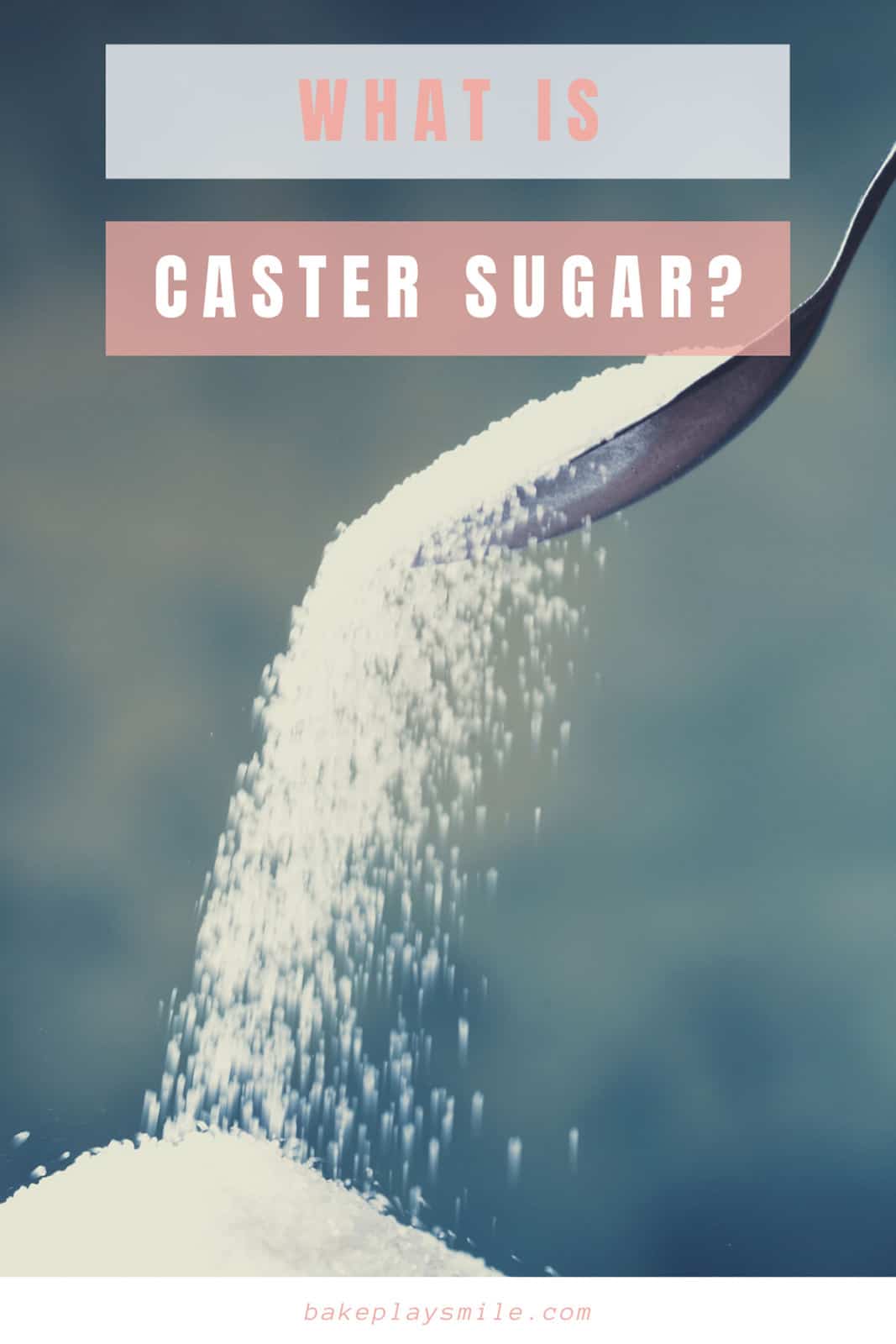
As an Australian food blogger (and self-confessed sweet tooth), caster sugar is a BIG thing in my life!
Here in Australia, we use caster sugar in virtually all of our baking recipes - in cookies and slices, desserts, and cake recipes...... literally everything!
It is an incredibly versatile ingredient that is a staple in Australian, New Zealand and UK pantries.
While very common in Australia, there are other parts of the world where caster sugar is less well known.
As many of my recipes use caster sugar as an ingredient, one of the most common questions I get asked from readers across the world is, 'What is caster sugar?'
I am going to explain exactly what caster sugar is, the type of recipes it's used in, substitutes you can use, how to make your own caster sugar, as well as the most common questions I get asked regarding this sweet little sugar!
Jump to:
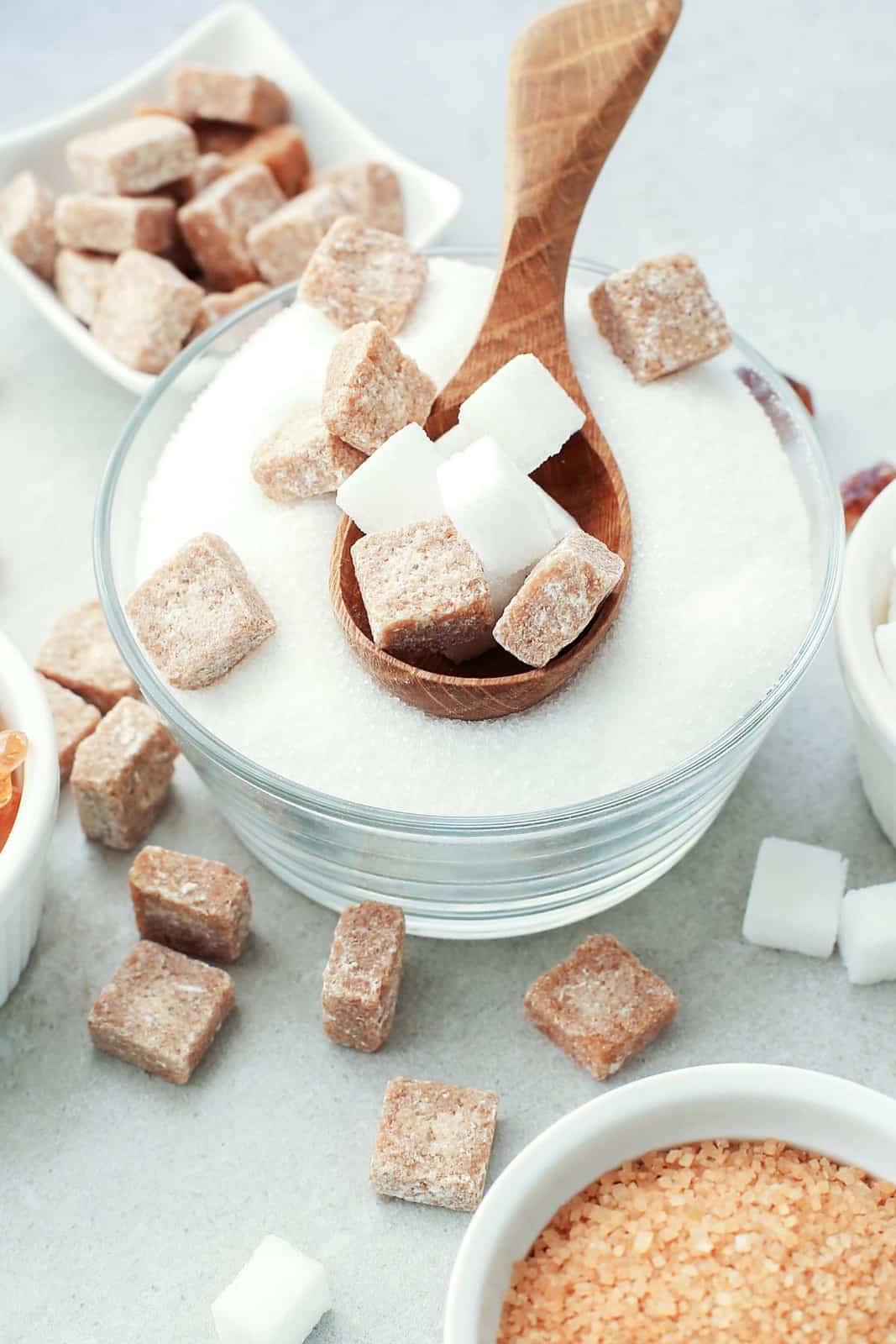
What Is Caster Sugar?
Caster sugar is a term used for fine granulated sugar with smaller crystals with quick-dissolving properties.
It is a popular baking ingredient with a texture that sits between regular granulated sugar and powdered sugar.
This type of sugar is also known as superfine sugar, baking sugar or castor sugar.
Caster sugar dissolves very quickly, making it perfect for dessert recipes that require whipping the sugar with egg whites to make airy desserts like meringue and mousse, whipped cream, or flaky pie crust, cookies and biscuits, cakes and cupcakes, puddings, sweet sauces and beverages.
Varieties
There are many different types of sugar. Here, we will compare some of these varieties.
White (Regular) Caster Sugar
When the term 'caster sugar' is used, it refers to white caster sugar or regular caster sugar.
This is the most popular type of caster sugar on the market and is far more readily available than golden caster sugar.
Golden Caster Sugar
Golden caster sugar is made from unrefined sugar cane or beets.
During processing, it maintains some of the molasses (like brown sugar). This gives the sugar a light brown colour combined with a subtle buttery caramel flavour.
Golden caster sugar is more readily available in the UK than it is in the US or Australia.
If a recipe calls for golden caster sugar, you can substitute it for regular white caster sugar.
Caster Sugar vs Granulated Sugar
No.
The sugar crystals in caster sugar are much more finely ground than regular granulated sugar.
Because of its finer texture, it can be used in recipes that require the sugar to be dissolved, such as whipped cream, meringues, creamed butter mixtures, souffle or sponge cakes.
It's also ideal for use in cocktails or mocktails as a replacement for simple syrup.
Caster Sugar vs Powdered Sugar
No.
Powdered sugar is also known as icing sugar or confectioners' sugar. It is much more finely ground than caster sugar - to the point that it is quite literally 'powdered sugar'.
Powdered sugar can be bought in a pure form, which contains no anti-caking agent. This means that pure powdered (icing) sugar easily clumps and requires sifting before use. It also sets firmer than a regular powdered sugar mixture.
Powdered sugar mixture, also known as icing sugar, is the most common form of powdered sugar available.
Unlike pure powdered sugar, powdered sugar mixtures contain a small amount of anti-caking agents, such as cornflour or cornstarch, which prevent the sugar from clumping.
Powdered sugar made with an anti-caking agent does not set as firm as pure powdered sugar.
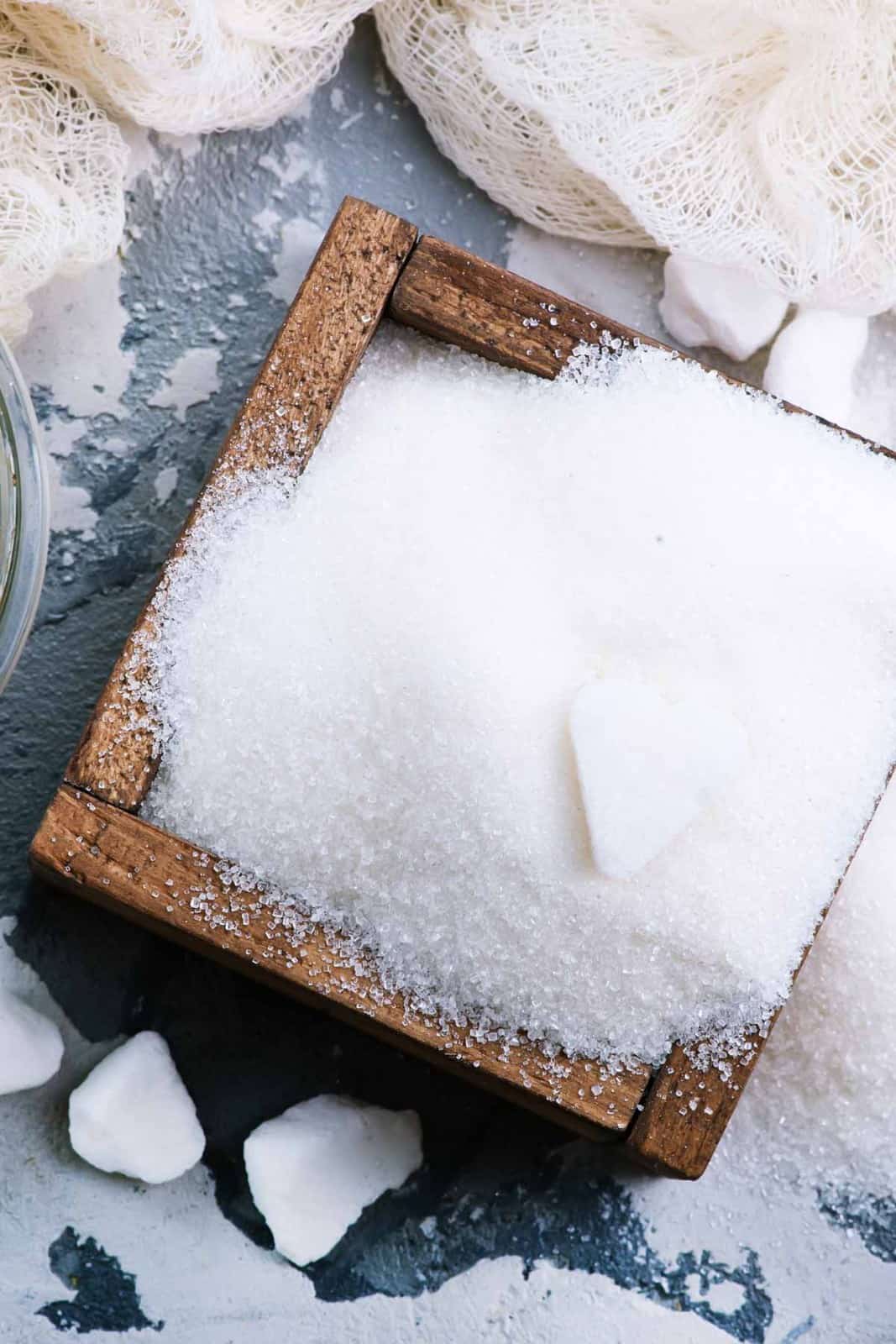
Uses For Caster Sugar
Caster sugar is widely used in baking, desserts and beverages as it dissolves quickly.
It is popular when making:
- sweetened whipped cream
- meringues - including desserts such as lemon meringue pie, pavlovas, baked Alaska, meringue trifles and more
- sponge cakes
- cookies - the caster sugar dissolves quickly when creamed with butter
- cakes
- beverages - including cocktails and mocktails
- souffle
- chocolate mousse
- shortbread
- sauces - such as caramel or butterscotch sauce
Baking With Caster Sugar
There are no tips or tricks to baking with caster sugar!
It can be used in exactly the same way as regular white granulated sugar.
There is no need to sift before using. Simply measure the sugar and then add to the ingredients just like you would with regular sugar.
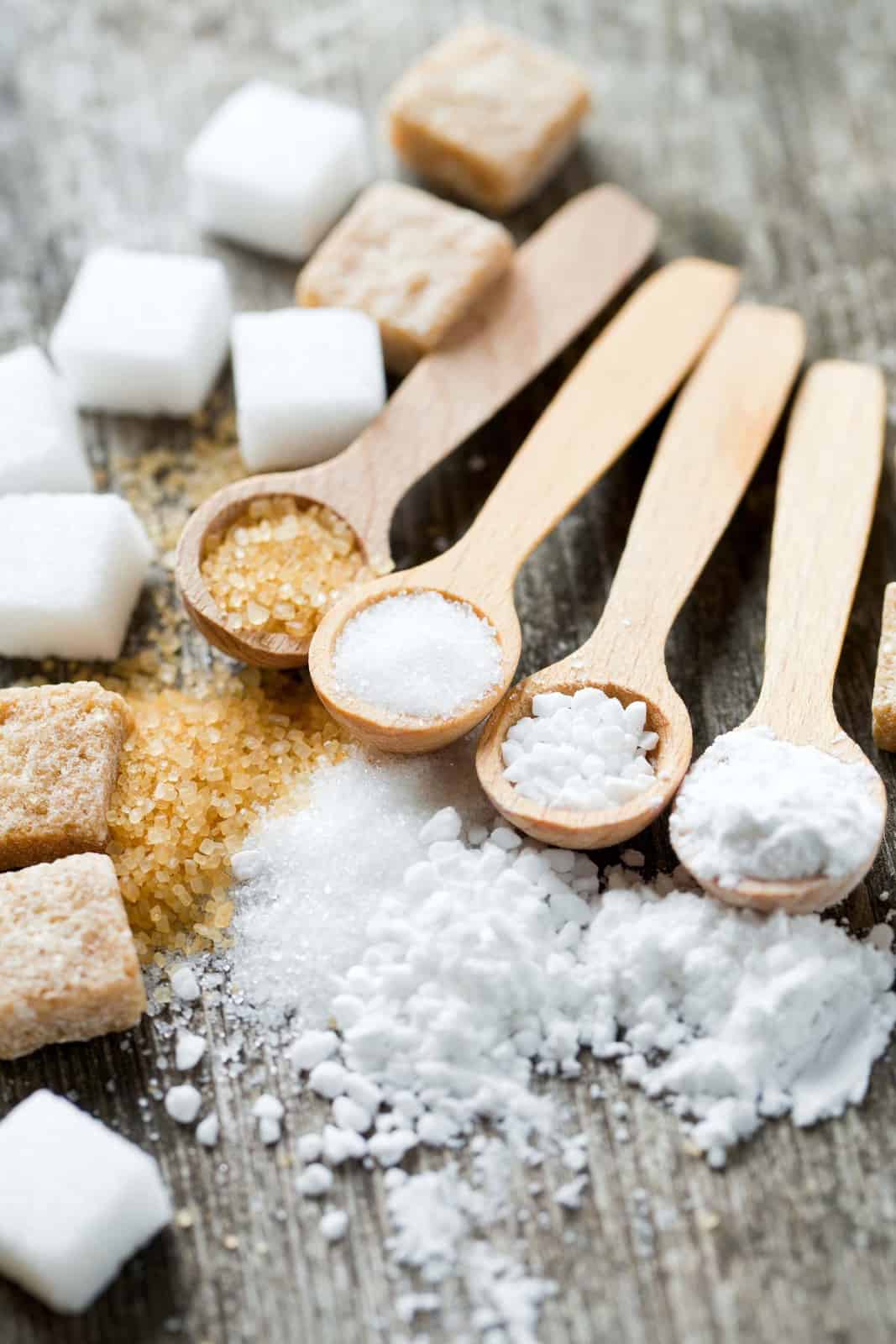
How To Make Caster Sugar
Caster sugar can be made using granulated sugar and a food processor or a Thermomix.
The sugar is processed until it has a finer texture than granulated sugar but not as fine as powdered sugar or icing sugar.
The sugar granules in homemade caster sugar will not be as uniform in size as store-bought caster sugar. However, they are perfectly fine to use in baking.
Scroll to the recipe card below for a step-by-step guide to making your own caster sugar.
Nutrition Information
Let's take a look at the nutritional breakdown of caster sugar.
It is similar to granulated sugar in that it is relatively low in calories, is fat-free and is cholesterol-free.
Per teaspoon, caster sugar contains 16 calories, 4.2 grams of carbohydrates, and no protein or fibre.
Like all sugars, caster sugar should be consumed in moderation.
Popular Recipes Using Caster Sugar
Caster sugar dissolves quickly, making it perfect for baking your favourite desserts, cookies, sponge cakes, cocktails and more:
- Classic Chocolate Mousse - a sweet and simple recipe using just 5 ingredients
- Peanut Butter M&M Cookies - these soft and chewy cookies are an all-time favourite
- Lemon Meringue Pie - an absolute classic dessert filled with creamy lemon and topped with a sweet, fluffy meringue
- Raspberry & Cream Jelly Cakes - bite sized sponge cakes filled with whipped cream
- Pornstar Martini - caster sugar can be used as a replacement for simple syrup in beverages
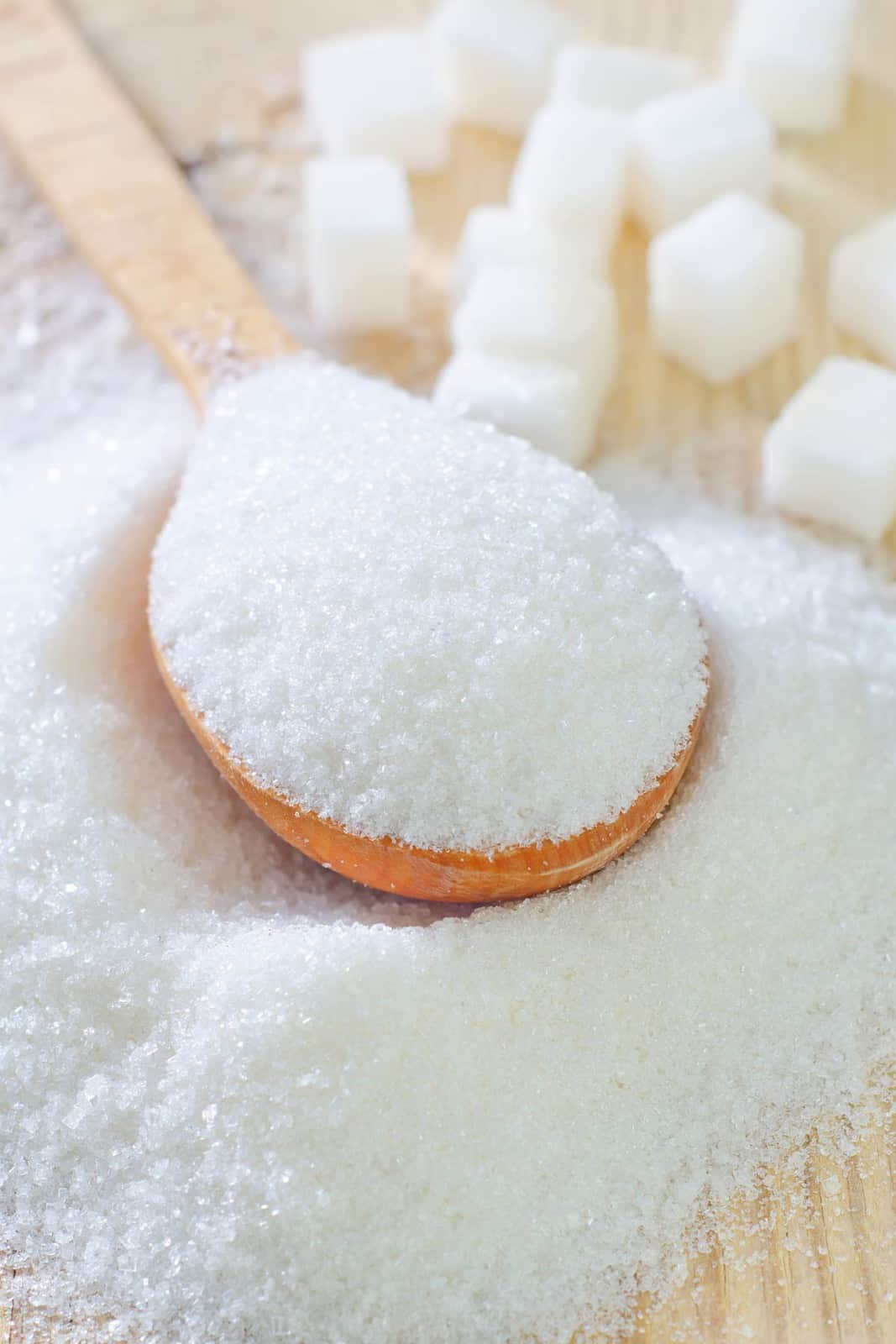
FAQs
Caster sugar has many different names - caster sugar, castor sugar, superfine sugar, baking sugar, baker's sugar or casting sugar.
Caster sugar gets its name from a traditional kitchen shaker called a 'caster'. This was used to sprinkle sugar on top of fruits and desserts.
Caster sugar is used in a range of baking recipes. It's popular for baked goods and desserts as the texture is so fine that it dissolves when mixed.
Caster sugar is also used in beverages such as cocktails and mocktails as a sweetener - in many cases, it is used as a substitute for simple syrup.
For best results, store caster sugar in an airtight container at room temperature in a cool, dry place away from heat and moisture.
When stored correctly, caster sugar technically never spoils. However, it is recommended that it be discarded after two years.
If you're in the UK, Australia or New Zealand, you will find caster sugar in the baking aisle of any supermarket or grocery store.
It is a very common and popular sugar for cakes, cookies and desserts and is inexpensive to buy.
However, in the US, it can be more difficult to buy caster sugar, and you may need to visit a specialty grocer or baking supplies store.
Alternatively, you can order caster sugar online or make your own (see recipe below).
As it is not as readily available, the cost of caster sugar in the US is higher than in Australia, NZ and the UK.
In the US, caster sugar is most commonly known as superfine sugar. It is a common ingredient in many American recipes.
The best substitute for caster sugar is to make your own homemade caster sugar. Scroll to the recipe card below to learn how to make your own caster sugar.
Caster sugar is a popular sugar for baking as its fine texture means that it dissolves when mixed with other ingredients.
For example, when butter and caster sugar are creamed together for a cookie recipe, the caster sugar will dissolve into the creamy butter mixture, resulting in perfectly crunchy, sweet cookies.
If your caster sugar has small lumps in it, it has been exposed to water or moisture.
The caster sugar is still okay to use - simply remove the small lumps and discard.
Caster sugar has a sweet taste, just like white sugar. However, it has a finer texture than regular white sugar. When a small amount of caster sugar is placed on the tongue, it dissolves easily.
Caster sugar is made from granulated sugar that has been processed or pulverised to a finer texture.
WANT EVEN MORE DELICIOUS RECIPES? Subscribe to my newsletter or follow along on Facebook or Instagram. And if you love baking, then please come and join my Facebook cooking club group or subscribe to my YouTube channel.
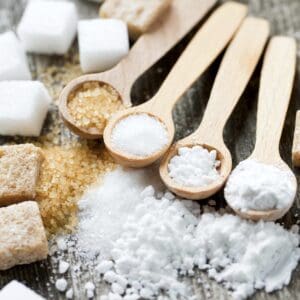
How To Make Caster Sugar
Ingredients
- 1 cup (200g) granulated sugar regular white or raw sugar
Instructions
- Place the granulated sugar into a food processor, blender or Thermomix.
- Use the pulse or blend function to pulverise the sugar granules until they resemble very fine grains of sand. If using a Thermomix, press the Turbo function for 1 second at a time.
- Pour the caster sugar into an airtight container and store in a dry, cool place.

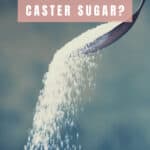
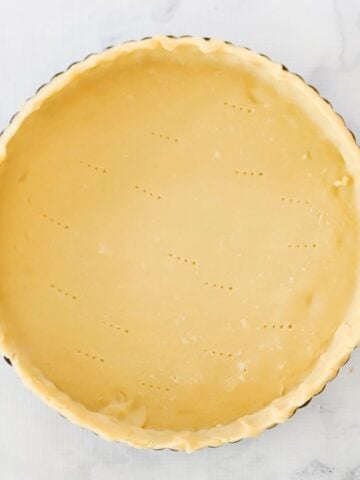
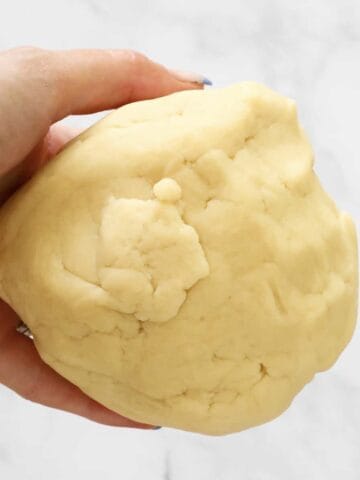
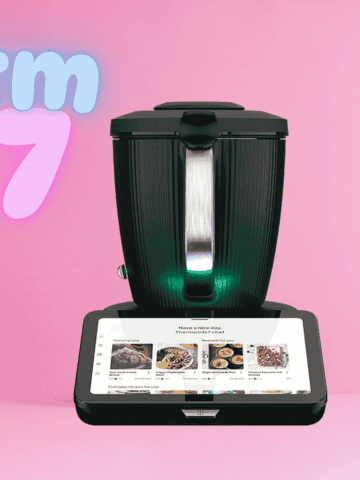
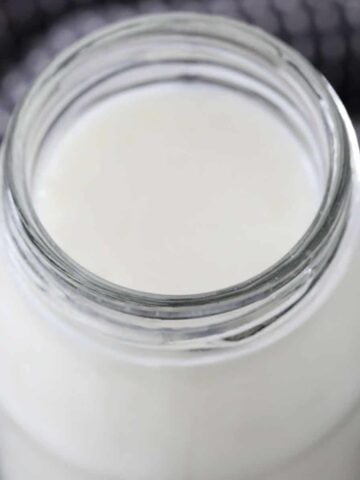
Rita says
I loved the recipe for 100 cookies. I always wondered why Mum had an endless supply of cookies and said it was the biscuit fairy who delivered them. Thank you